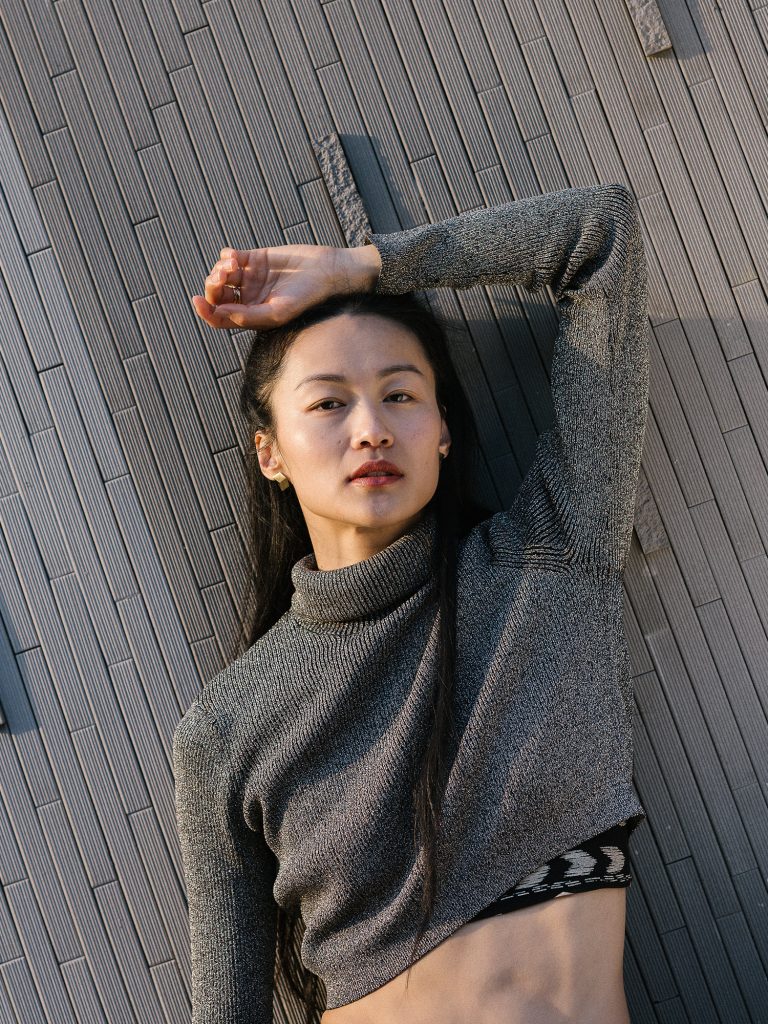
CHEN WEI LEE /
DANCE ARTIST &
CHOREOGRAPHER
After years of pursuing a dance career abroad, Chen Wei left the renowned Batsheva Dance Company in 2014 and started choreographing her personal works — original and borderless, her dance pieces have been broadened and she has made connections to different parts of the world. Throughout her journey working as an independent dance artist, her strong resolution in self-fulfillment is pivotal to the spirited and impressive works that she has brought to her audiences.
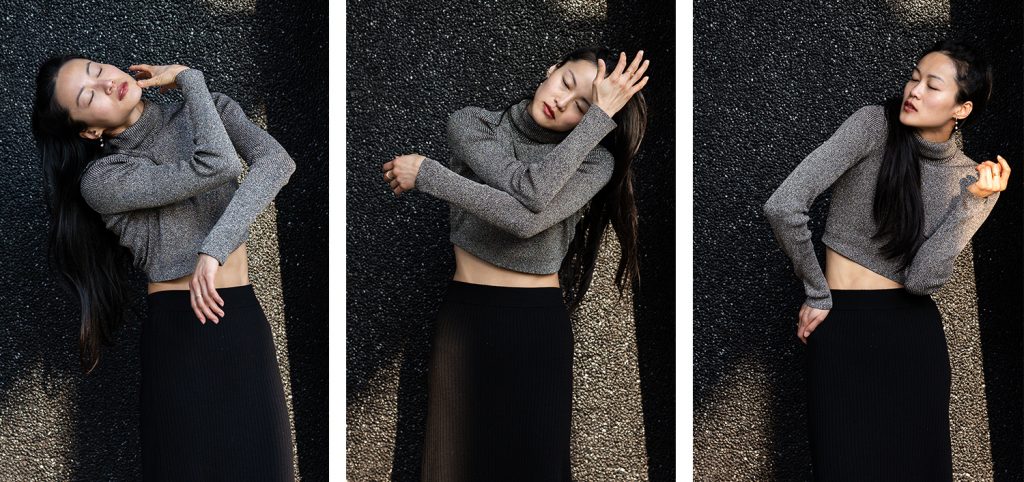
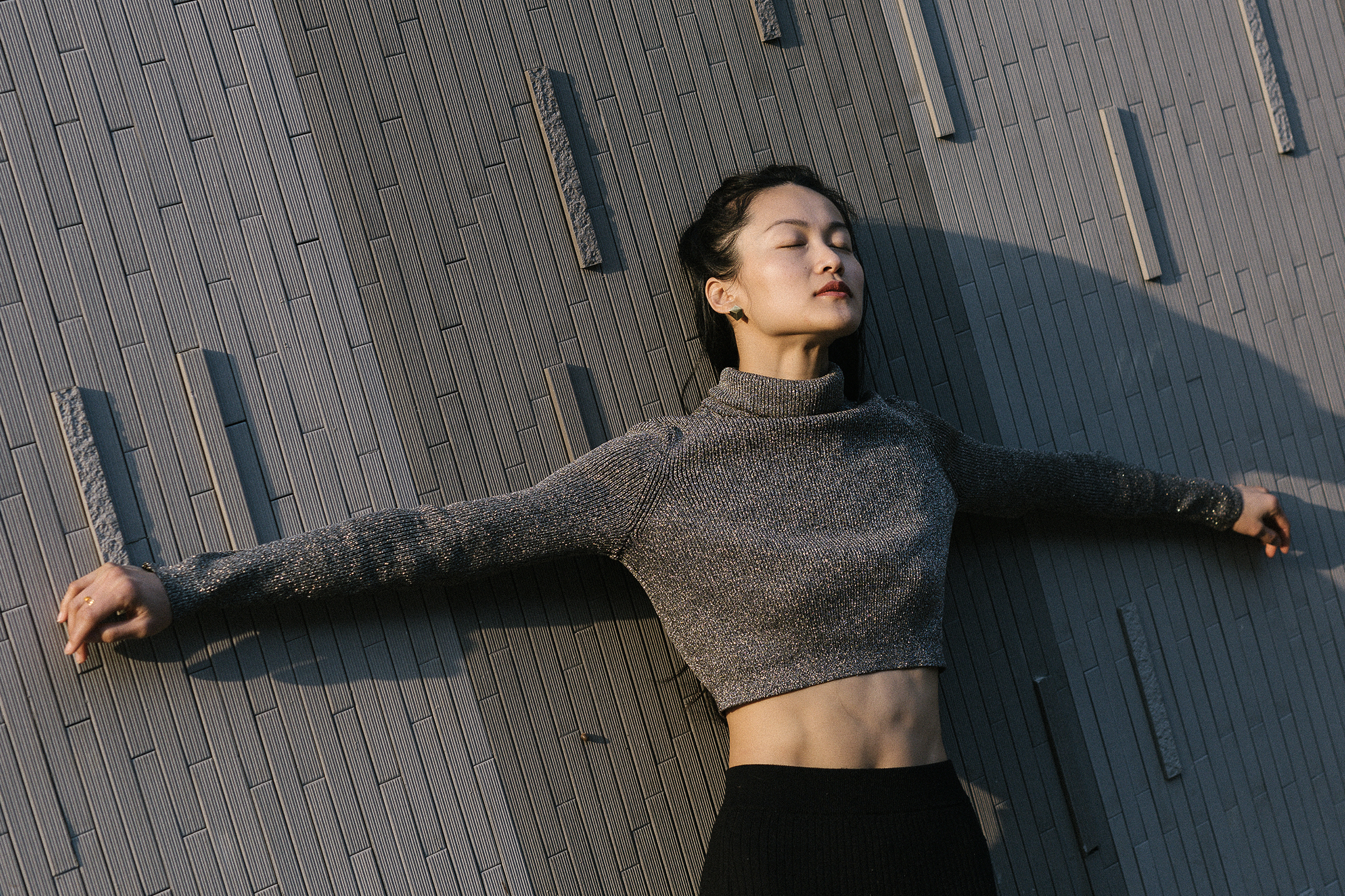
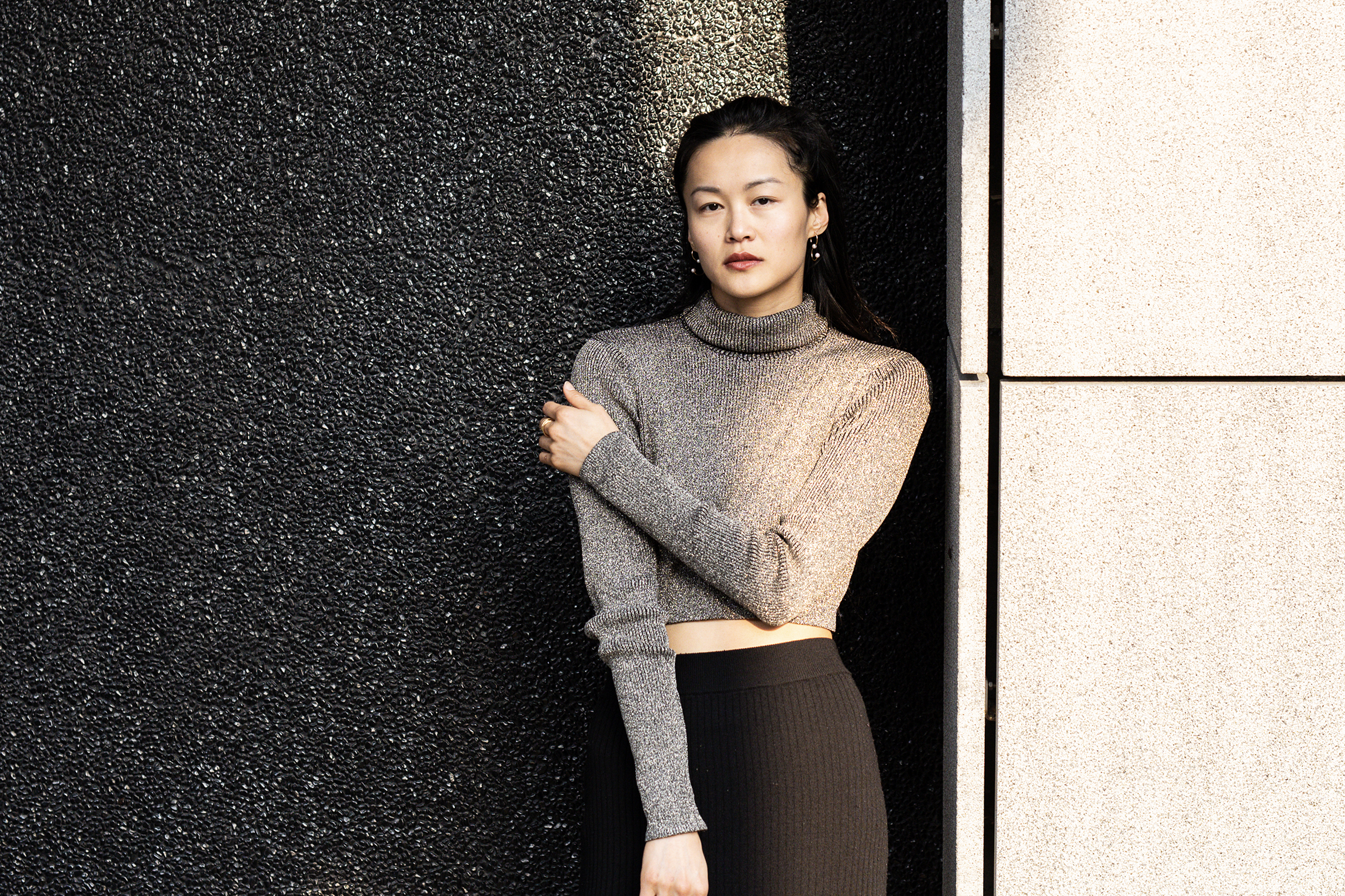
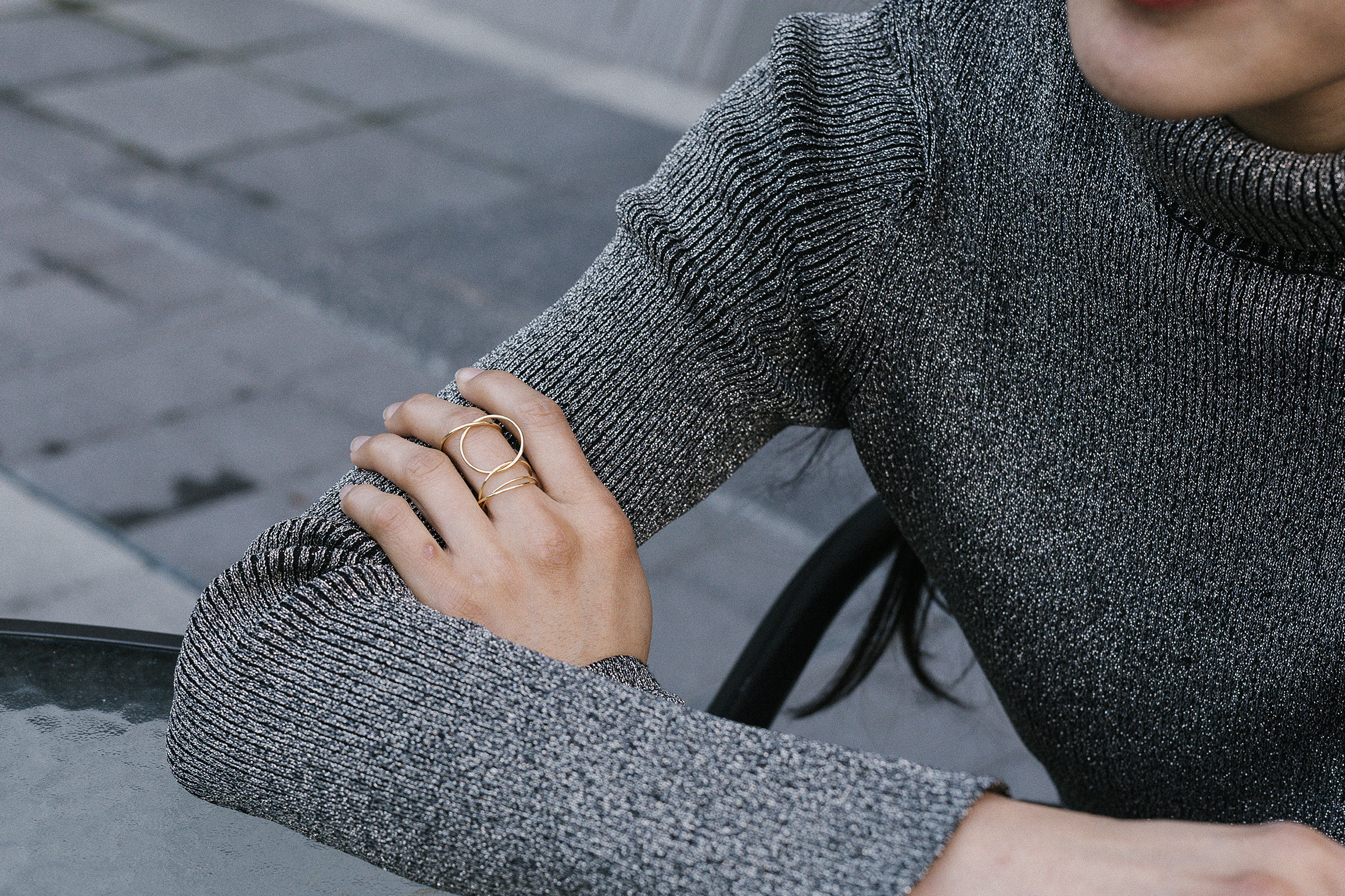
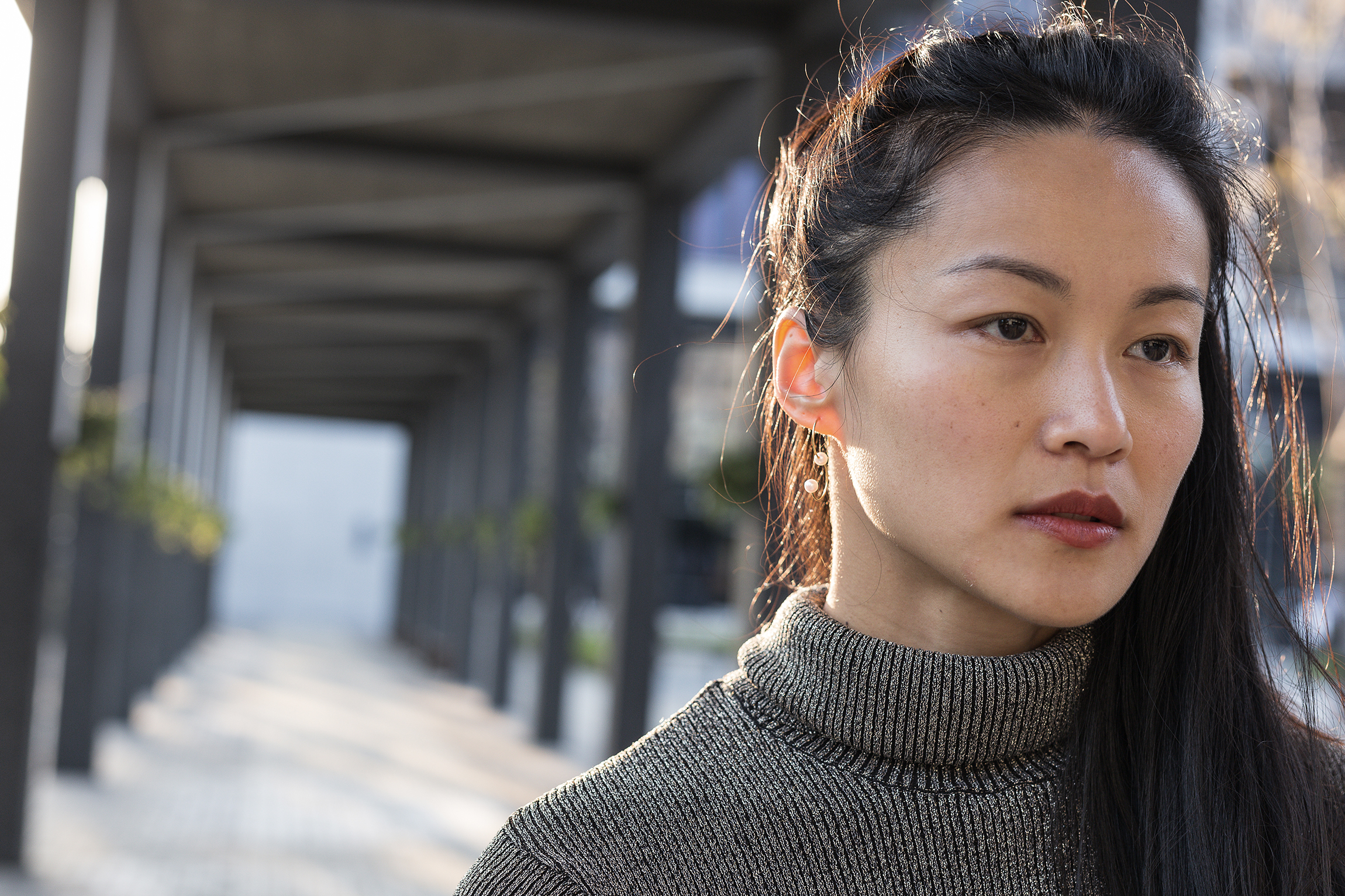
Can you share with us about your upbringing? How did you begin dancing and how did you become an international dancer?
When I was about five, I watched a dance performance by the Lan Yang Dance Troupe in Taiwan. That was when I first developed my curiosity and interest in dance. Later in my upbringing, I took a lot of lessons, including piano, painting, and dance. I soon realized that dance was the one subject that never bored me, so it was very natural to pursue dance as my profession. I enrolled in professional dance classes throughout my entire education. Shortly after graduating from the Taipei University of Fine Arts as a dance major, I took my scholarship and flew to America, attending the one-month American Dance festival, where I studied more variety of dance methods and got to see more dance pieces from other cultures. Toward the end of my stay, though I was offered many opportunities, the contemporary dance scene in Europe was far more intriguing to me. I wanted to experience the innovative and artistic dance culture that Europe offered, so I prepared myself, didn’t look back, and headed there for more audition opportunities. The Batsheva Dance Company was one of them.
The audition for the Batsheva Dance Company was a 3-day intensive course, attended by over 300 participants. After the extremely intense audition process, I was called upon by Ohad Naharin, the artistic director for the final interview, where he offered me the opportunity to join the Young Ensemble of the company. Back then, I was so focused on preparing for European dance companies, I actually didn’t really know much about Batsheva (based in Israel) besides its world-renowned dance method GAGA, and I certainly had no idea about the reputation and influences Ohad Naharin held in the contemporary dance world. Cluelessly, I told Naharin that I would take time to consider the offer (no contestant had ever responded to Naharin with hesitation before, so he was very surprised by my answer). He then asked me if I knew about his company and I responded bluntly: “I know it is from Israel!” Right after I got back home and did some research, I was dumbfounded by my ignorance and immediately shot him an email about my decision, which later began my chapter in Israel.
Tell us more about your foreign experiences in Israel.
Life in Batsheva was a repetition of practices, rehearsals, and GAGA lessons. The Batsheva company is about opening up senses and awaking sensitivity, enabling performances that are free and borderless. In my first year of training, I found it hard to keep up because all my past education in dancing was standardized and by the book. There were few times that I had been corrected as dancing too ‘prettily’ and ‘clean’ that sometimes I tried to portray that sense of looseness by just moving randomly.
In the second year, Naharin gave me a promotion to officially become a Batsheva dancer, which normally would take trainees in the young ensemble at least 2-3 years to accomplish. Surprised and anxious then, I decided to take on this position, believing that there must be a reason for Naharin’s approval and that I should also believe in myself. I further stayed in the professional dance team for another 4 years. The result was that I got to work with my body much better, I also gained a more profound understanding of performance, and most importantly, I finally knew my position and the challenges that I should be achieving.
Going from a dance company dancer to an independent artist, what are the biggest differences and challenges?
When I dance for a dance company, my role is an interpreter, a translator, and a medium. The challenges focus on delivering the core message of the dance piece. On the other hand, when I work as an independent choreographer, everything begins with my own action — lots of research, internal communications, conflicts, and self-discoveries that are constant challenges for myself. Thankfully, I was born a rebel and I’m not into boredom anyways. All my personal work needs to have some kind of newness that questions standards and tradition. Each of my dance pieces challenges a different subject.
My short solo piece The Black Box in 2014 was challenging the relations of performers and audiences, by eliminating the boundary and allowing viewers to play a part in the dance piece through interaction. My other piece Together Alone that I co-created with my husband Vakulya Zoltán (also an independent dance artist) was about the frictions and acceptances between two individuals. While creating this piece, Zoltán and I both had very different methods of achieving the same vision, which made the creative process extremely challenging. It took us a ton of conflicts, communication, understanding, and compromising to complete this piece. Just like any other human relationships, that intimate tension was what we wanted to portray through that dance piece. Together Alone was done entirely improvisational on stage with the two of us completely naked. That was another challenge that we took because there may have been a risk of giving the wrong interpretation of contemporary dance to the audiences in Taiwan, but after thorough consideration, we still agreed that it was the best way to support the core idea of this dance piece.
Can you tell us about your latest social-studied choreography work kNOwn FACE? What awareness are you trying to bring through this dance piece?
Most of my choreography works are created based on topics that I’m interested in. Sometimes the topic comes straight to me evidently, and sometimes it begins with a vague idea where I slowly piece the clues together. In kNOwn FACE’s case, it is the total opposite. The idea came from my personal dislikes of showing my face and taking selfies, which then drew me to this curiosity about being “faceless” (in Chinese, it is also defined as shameless). I decided to dig into selfie culture and the narcissism of the digital age as the topic of my new choreography. In order to understand and portray the phenomenon of social media stars and the trend of personal live streaming, I had to research and indulge myself in this crowd that I would never find uninspiring. Then, from straight-out criticizing to empathizing, my challenge was to eliminate myself, imitate, and eventually become a part of this culture.
Back when I was doing my GAGA training in Batsheva, our practices were mainly done in rooms without mirrors. When I was choreographing kNOwn FACE, I had to force myself to practice in front of a big mirror, confronting the unease of seeing my own reflective image. It was really challenging at first, but after letting go of my prejudice and perspective, I trained myself to look straight into cameras and picked up the provoking, seductive, and narcissistic gestures of social media stars. From despite to empathy, and self-conflict to self-acceptance, kNOwn FACE emphasizes these comprehensive egos — pride, inferiority, complacency, and self-love, discussing why we choose to display these expressions in the selfie culture, and finally take a look back into ourselves in introspection.
You can see this performance as the virtual reality of a social media star and the audiences as followers. I’d like to provide this immersive experience where they can choose to move along with me on stage like an actual follower or watch from afar like a bystander. The viewers have the freedom to choose their own individual experience just as in reality; social media stars wouldn’t exist if no one were there to follow. The experiences of watching kNOwn FACE may differ depending on audiences’ reactions; therefore, audiences play a key part in completing this dance piece.
Through your choreographing progress, how do you keep up your spirit both mentally and physically for a good performance?
That’s a great question. I think I am still learning as it goes… Choreography is a process of opening myself up and presenting to the public. It often feels so exposed and translucent that it makes me feel fragile a lot of times. When I’m on stage, many times I allow audiences to come really close to me; therefore, I have to conceal my personal emotions and remain professional to all kinds of reactions from the audiences. As a performer, I am pretty confident that after years of experiences, I can bring out my best performance in any circumstances. But as a choreographer, it is still difficult to not be affected by criticisms when I am presenting my most intimate works to the public.
My mother is a practiced Buddhist nun. In terms of spiritual practice, I am hugely influenced by her. I recently just visited my dharma master for a consultation and he gave me a really relevant piece of advice for this question… I have always taken criticisms and reviews around me very seriously due to my eagerness to excel in my professional career, but I must not fall into how they appear; rather, I should only pick out the constructive intention beneath its language. I realized that once I can see these criticisms just as sources of reference, I no longer will be affected by them emotionally and will elevate from my problems. This is my intellectual practice on wisdom. In terms of physical practice, I meditate and practice proper breathing.
What does dance mean to you?
I used to say dance was just like eating or sleeping to me: a daily routine and a fond familiarity. But now that I have also worked as an independent choreographer, I see dance differently from before. To me, it is more like an amplifier that voices out my ideas, which also means more responsibility to take.
Back when I was touring with the Batsheva Company, there was a time when war broke out in the destination where we were about to perform. Sirens would go off during our rehearsals and we’d all have to hide in shelters. Most people refunded their tickets because of the crisis; however, we remained as usual and still brought the best performance we could despite the very few audiences we had and the security risks we took. At the time, our director Ohad Naharin told us that “the greatest contribution we can do as performers is to free our audiences from disturbances with our best work; bring peace to their mind even just for one short hour.” That has still left a huge impact on me. Dance is an amplifier and a communication. It doesn’t matter whether it gets good or bad reviews; a dance piece still allows immense opportunities for dialogues and conceptions.
What do you think are the key factors to a great performance artist?
A performer has to be spontaneous, knowing how to withdraw yourself and become an interpreter. It is also important to be resourceful, not just solely learning from others’ works but also building your own knowledge and experiences. Like a chameleon, a good performer is open and adaptable. Free yourself from conventions and explore your capacity. Unexpected opportunities will come your way.
How do you balance work and life?
My husband and I are both professional dancers, so it has been difficult to separate work topics from our personal life. More so, it makes it even harder because we often discuss about work in a completely outspoken and intense matter due to our intimate relationship, where sometimes I take the discussion personally and emotionally. It is a lesson that I am still learning. Rather than balancing work and life, I think I’m learning how to positively distinguish my characters between wife and my professional role. Especially now that I work as an independent choreographer, I am responsible for not just dance and choreography but also administrative works, public relations, finance, and more. Even though it is hard to keep up with everything, I still believe that all the business and challenges are the best trainings for myself.
Besides dancing, can you name a few of your other interests?
It changes throughout different periods of my life, but generally, I am interested in things I find new and challenging: things that will actually advance myself. Therefore, pretty much anything that is avant-garde and innovative interests me. The reason why I chose to settle in Brussel, Belgium, is also because of the driving energy it offers. People here always come up with wild yet constructive ideas through playful experiments, which I find very fascinating. I also enjoy seeing interesting visual arts, in-depth travels (which luckily, I get to do it often because of my career), and making jewelries. I used to take fabric, leather scraps, and buttons from a designer friend of mine and make them into necklaces. I would be so into it that I would stay up all night making them! I guess if dance weren’t my career, I would probably make some kind of handicraft as my profession.
What do you read? Is there any character in your past readings that reminds you of yourself?
I think people read differently as they get more mature. Back when I was younger, I liked to read novels or fictional narratives, but now I am more interested in analytic, non-fiction books. When I was choreographing Together Alone, I read a book called The Power of Vulnerability by Brené Brown. I resonated a lot with its content, and it made me rethink vulnerability in a healthy and positive way.
Can you share with us a quote that has inspired you deeply?
There is one that I sort of pieced together, which I think best elaborates my philosophy on life (laughs):
“Work with full effort and live with ease.” I think it’s important to always try your best on everything; however, also be generous to yourself and know how to enjoy life.
If you were a color, what would it be?
Something translucent and sparkly!
How would you like to be remembered?
As a choreographer, I hope I can inspire people to think differently on the topics I discuss through my dance pieces. And as a dancer, I hope that as we dancers open ourselves up and present honest performances on stage, we can encourage people to liberate themselves too as well as to take a sympathetic look at all the wonderful twists and turns of the intertwined human relationships that we all share.
“Dance is an amplifier and communication. It allows immense opportunities for dialogues and conceptions, as well as bridging human emotions.”
Contemporary dance artist Chen Wei Lee has inspired us with the innovative visions of her choreographies and stories of self-awakening, strengthening the power of self-empowerment that enriches one’s charisma.
Photography by Kat Leung, interviewed by Kat Leung and Crystal Cheng
The jewellery in this interview comes from our classic collection. Click here for more information.
